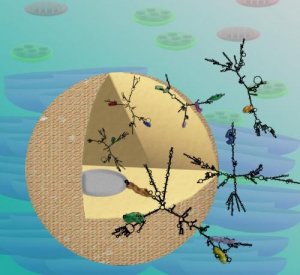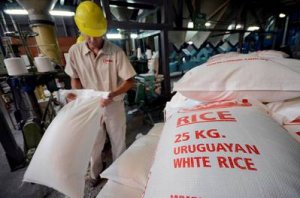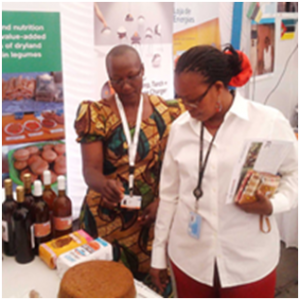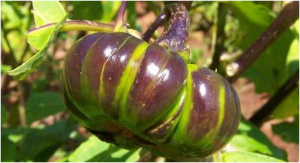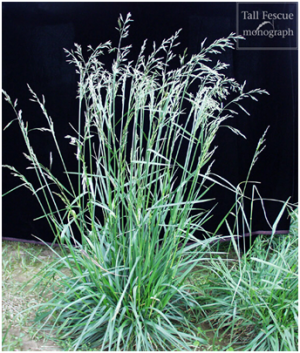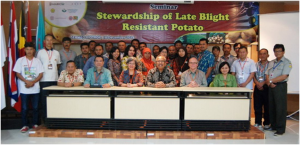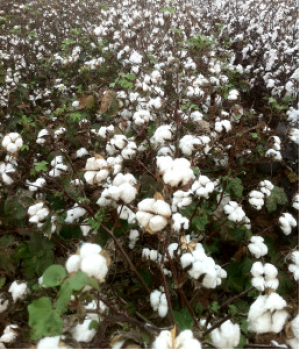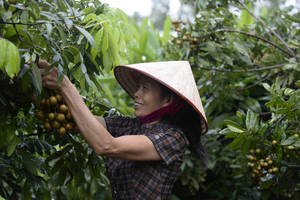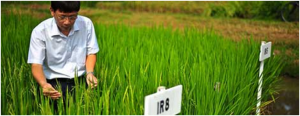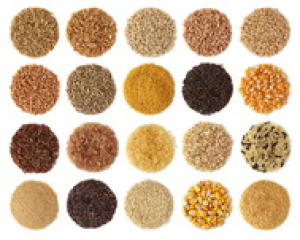|
Scientists develop tomatoes with enhanced antioxidant properties through genetic engineering
Friday, 2017/11/17 | 08:03:45
|
|
Researchers from the University of Hong Kong (HKU), together with the Institut de Biologie Moléculaire des Plantes (CNRS, Strasbourg, France), have identified a new strategy to simultaneously enhance health-promoting vitamin E by ~6-fold, as well as double both provitamin A and lycopene contents in tomatoes, to significantly boost antioxidant properties.
The research group manipulated the plant isoprenoid pathway by using a variant of 3-hydroxy-3-methylglutaryl-coenzyme A synthase (HMGS). The overexpression of HMGS in tomatoes increased not only phytosterols, squalene, provitamin A and lycopene, but also vitamin E (α-tocopherol) by 494%. The HMGS DNA used in the experiment is from Indian mustard (Brassica juncea), a food crop.
The group reported earlier that the recombinant HMGS variant S359A shows 10-fold higher enzyme activity, and increased phytosterol content in the model plant Arabidopsis. The researchers introduced the S359A into tomatoes. There were no differences in the appearance and size of the transformed tomato fruits, but the total carotenoids including provitamin A and lycopene increased drastically by 169% and 111%, respectively. The carotenoid extracts have 89.5-96.5% higher antioxidant activity than the control, and the transformed tomatoes displayed elevations in vitamin E (α-tocopherol, 494%), squalene (210%), and phytosterols (94%).
For more details, read the news release at The University of Hong Kong website.
Figure: (from left) Dr Wang Mingfu, Professor Chye Mee-len and Dr Liao Pan show tubes containing carotenoid extracts from S359A tomato fruits and the control. |
|
|
|
[ Other News ]___________________________________________________
|


 Curently online :
Curently online :
 Total visitors :
Total visitors :
(24).png)
